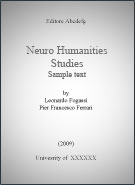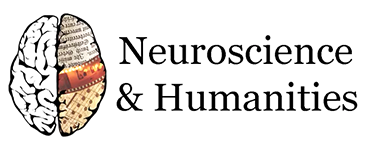
Last paper:
Grazia Pulvirenti, Renata Gambino, Neurohermeneutics. A Transdisciplinary Approach to Literature
- Peer review
- Submit a paper
- Suggest a paper
- Contact us
- Partner program
Marco Iacoboni,
Imitation, Empathy, and Mirror Neurons
 Year: 2009
Year: 2009Topics: Emotion; Empathy; Cognition;
DOWNLOAD PAPER
Download size: 2.57 MB
There is a convergence between cognitive models of imitation, constructs derived from social psychology studies on mimicry and empathy, and recent empirical findings from the neurosciences. The ideomotor framework of human actions assumes a common representational format for action and perception that facilitates imitation. Furthermore, the associative sequence learning model of imitation proposes that experience-based Hebbian learning forms links between sensory processing of the actions of others and motor plans. Social psychology studies have demonstrated that imitation and mimicry are pervasive, automatic, and facilitate empathy. Neuroscience investigations have demonstrated physiological mechanisms of mirroring at single-cell and neural-system levels that support the cognitive and social psychology constructs. Why were these neural mechanisms selected, and what is their adaptive advantage? Neural mirroring solves the 'problem of other minds' (how we can access and understand the minds of others) and makes intersubjectivity possible, thus facilitating social behavior.
Project
The Neuro Humanities Studies Network aims at creating a multidisciplinary research community in order to develop and structure a linking platform for neuro-scientific, cognitive topics and humanities.
Click on each keyword to show papers related with it.









